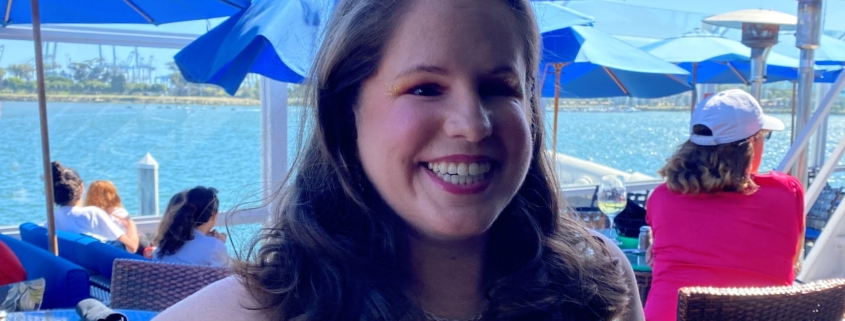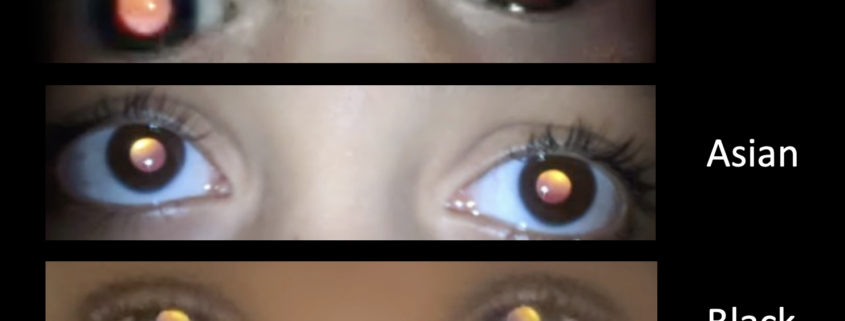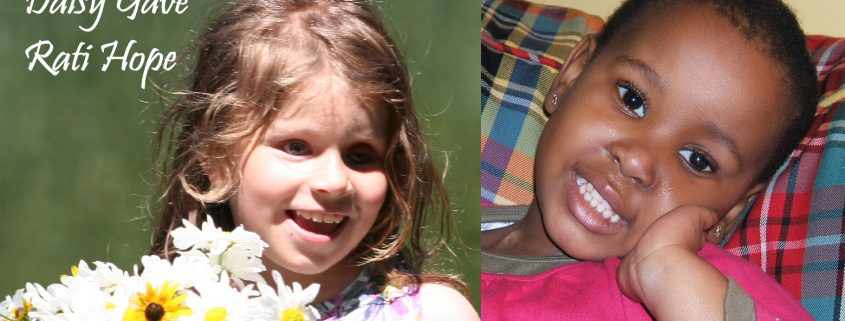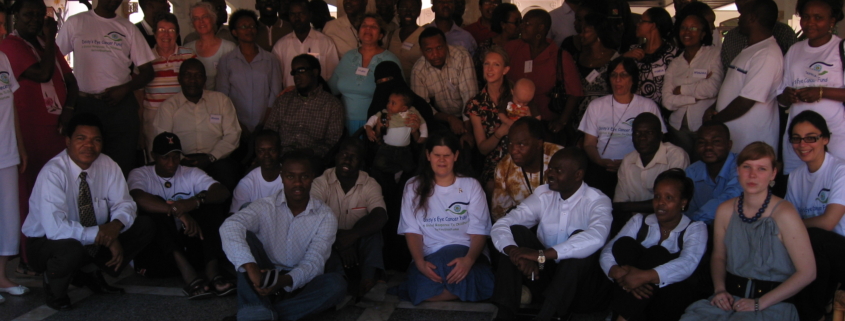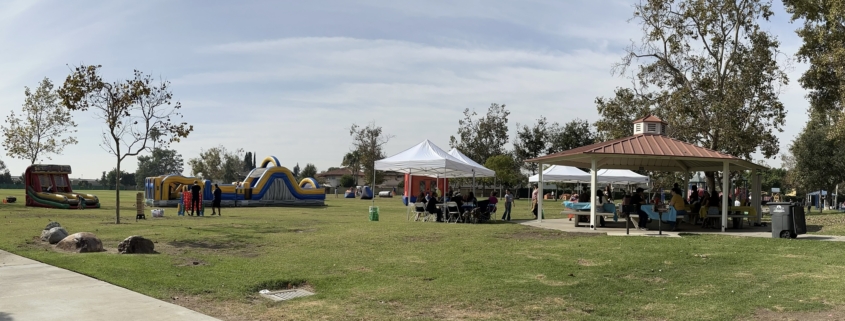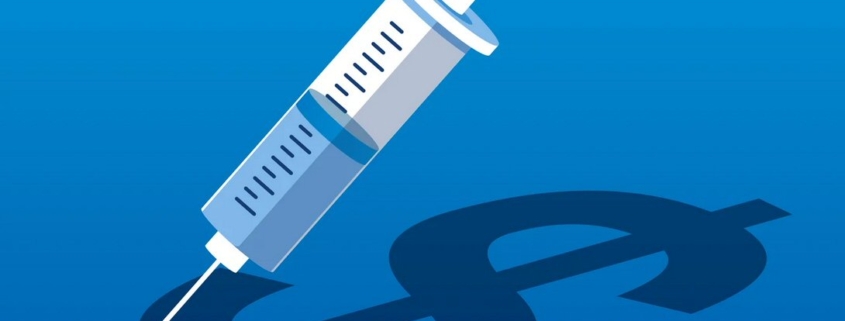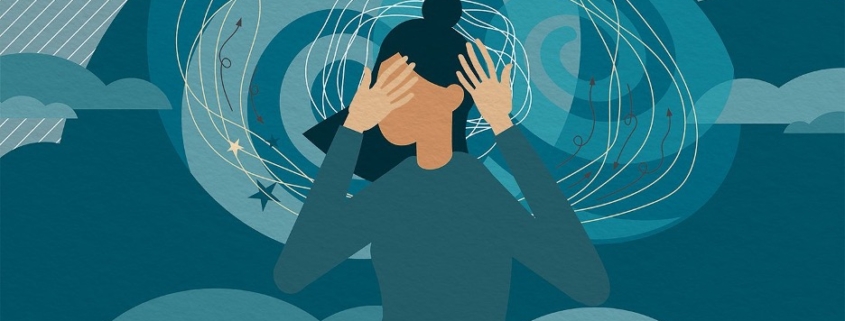Mile High Moments at the Denver Retinoblastoma Family Weekend
Fifty retinoblastoma patients, survivors, and their family members joined World Eye Cancer Hope USA in February for three days of connection and fun in Colorado’s capital. Marissa D. Gonzalez, President and Founding Board Member or WE C Hope USA, shares highlights from the weekend, and why these gatherings are so important to our community.



